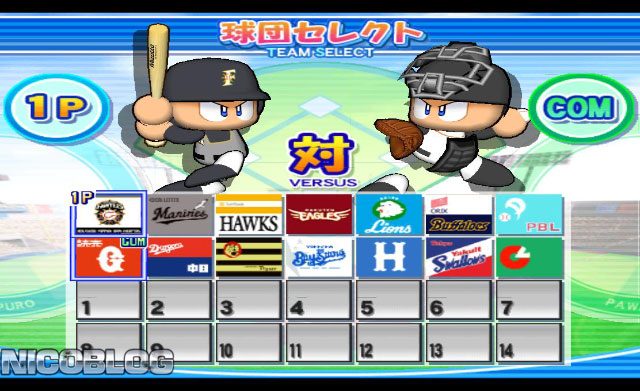
If you already have an override and want to make a global change in Settings > Input just use CloverApp or load a game then select Quick Menu > Close Content, make your changes then quit or select Configurations > Save Current Configuration.The hotkeys/rebinds in Settings > Input still reset when using core/game override but this shouldnt be an issue anymore since you can just use the Quick Menu > Controls menu.You can now remap almost anything in Quick Menu > Controls, so for example if you want to remap the analog stick on a N64 core to the dpad of your SNESC controller you can do it directly from here and create a core/game remap file.you can assign L to Save state, R to Load state and Select to Enable hotkeys, this way holding Select and pressing L or R will save or load your save state. You can assign shortcuts if you want for quick save/load in Settings > Input > Input Hotkey Binds, e.g.Open RetroArch menu and go to Quick Menu then click Save/Load State, you can have multiple save states for on game by changing the Save Slot.Save states are stored in usb:\data\ra_savestates.with Super Mario 64, save states make the game crash when running with Glupen64 but works fine with Mupen64Plus. Not every core have been tested, and some doesnt like save states, e.g.Because it can quickly take A LOT of space on NAND and there is no "user friendly" of managing them yet, this is only compatible with USB-HOST.RetroArch save states now works properly for the most part.You can add additional core specific core screens by adding the Core name.png to to the folders.You can load in your own core specific load screens by putting the load screens on your usb USB:/hakchi/RA_loading_screens/CORENAME.png or directly to nand $rootfs/share/retroarch/assets/core_loading_screens/.


By Default RA neo will display core specific load screens that are bundled into RetroArch Neo.What's new in this release? Core Specifc load screens


 0 kommentar(er)
0 kommentar(er)
